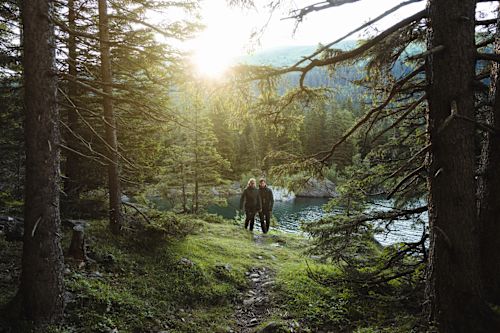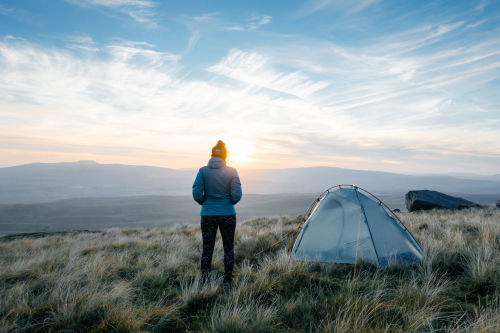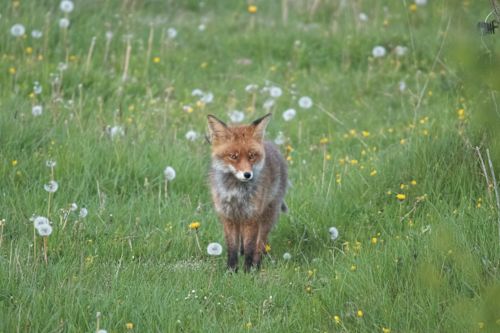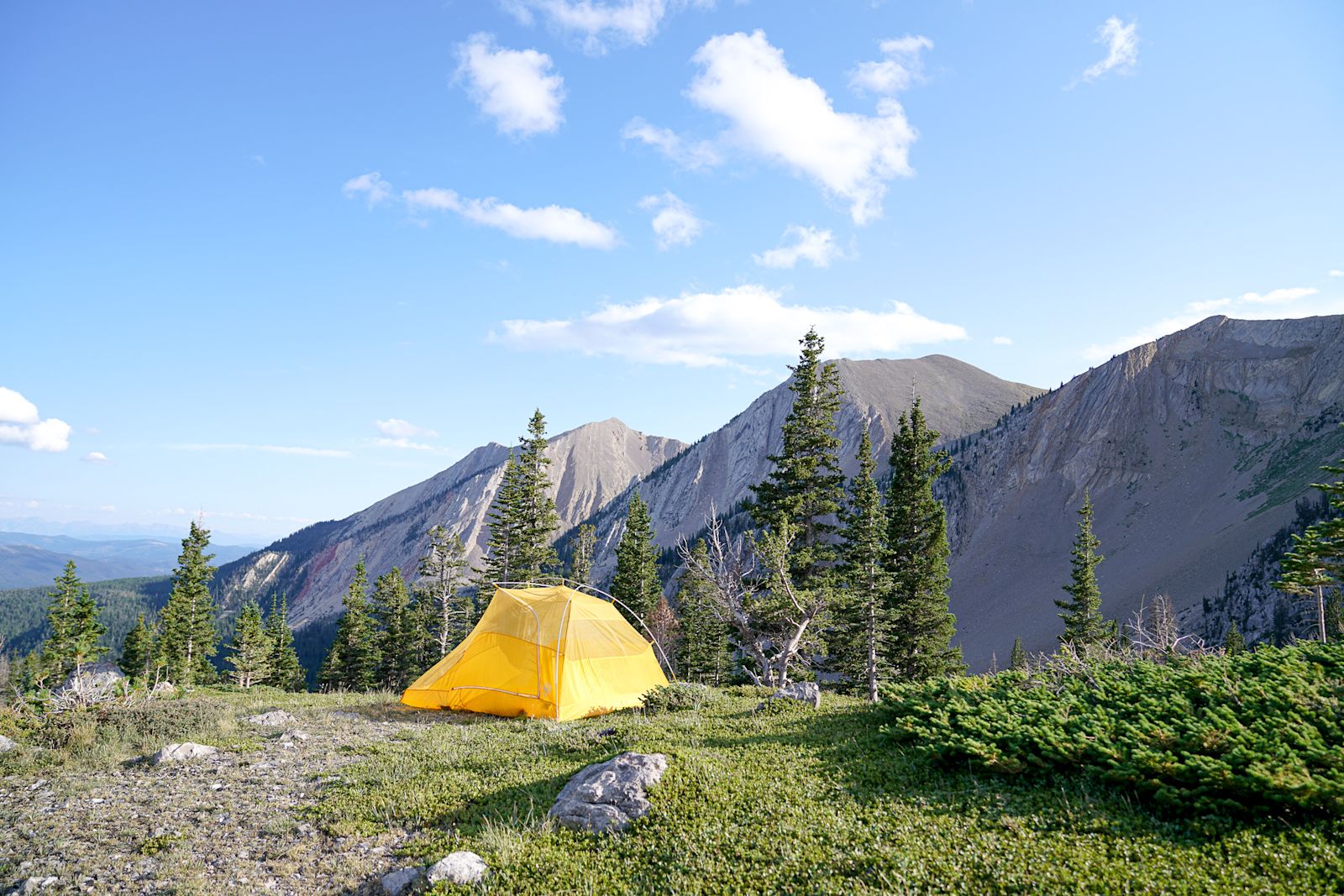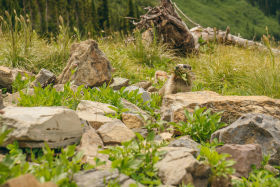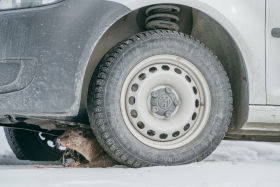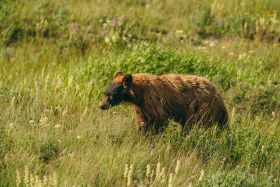More than ever before, our escapes in nature are feeling the affection. And I don’t just mean the value we place on nature or the importance of nature in supporting a healthy society. No, I mean the idea that in many places we are loving nature, so much so, that we are negatively impacting the outdoors and fragile ecosystems within. I’ve heard some say that National Parks in the United States, like Yosemite and Yellowstone for example, are “loved to death”. The rationale is that so many people are visiting these places, crowding their trails, flocking to vistas, and chipping away at the natural fabric of these fragile ecosystems, that some may be at grave risk of deterioration. How can this happen? Perhaps visitation exceeds sustainable capacity at a particular campground or vehicle traffic and ques of people suffocates a place so much that it loses its wild charm and ecological integrity.
Firstly, I would say that there are two sides to this coin. One is remarkable in that more people are getting outside than ever before. Many would say this is excellent. That means more people are cultivating connections with nature, and therefore, it may be fair to suspect more people will be keen and resolute enough to advocate for nature, and live sustainably. This is unmistakably positive. And yet the other side of the coin tells us that many places are being loved too much. Some parks in the United States like Muir Woods, outside of San Francisco, and Glacier National Park in northern Montana now require advanced reservation to visit. The strategy in places aims to reduce vehicle congestion, trail congestion and overall human pressure on an already loved and highly visited ecosystem. Ideally, in time, the park will rewild, and with some well-placed stewardship efforts return to a more natural, less human dominated setting.
As you would expect, when one place adds restrictions somewhere else must meet the needs of a rapidly growing group of outdoor lovers who want to camp, hike, fish, bird, hunt, bike, boat and simply be out in nature. That means places that were previously a bit remote - those hidden gems - aren’t so hidden anymore. And maybe those gems are changing shape, headed away from their previous gem face value. This is where we can come in to help.
There are some simple tips and tricks that we can add to our outdoor experience to help protect nature, and while we are at it, give wildlife a hand in an increasingly human dominated world increasingly shaped by habitat fragmentation and our changing climate.
Tips and tricks:
1. Leave it better than you found it. This goes for campsites and trails, picnic spots and vistas. Picking up trash along the trail or beach adds up in time. If we all chip in we can make a massive difference.
2. Lead by example. If someone sees you taking a photo in a place that’s off-limits you can bet others will follow. The way we carry ourselves outdoors and online (as we share those adventures on social media) can have a multiplicative effect for good or bad. It’s up to you!


3. Just because it’s natural doesn’t mean it will biodegrade quickly. A specific suite of environmental conditions determines whether decomposition happens quickly or slowly. Toss food scraps in a high mountain lake with crystal clear water, and that garbage will sit there for weeks or months. These alpine lakes are typically oligotrophic, meaning they’re nutrient poor, and therefore don’t have the microorganisms required to decompose things efficiently and quickly. The last thing you want to see at a pristine lake are a bunch of food scraps sitting beneath the water.
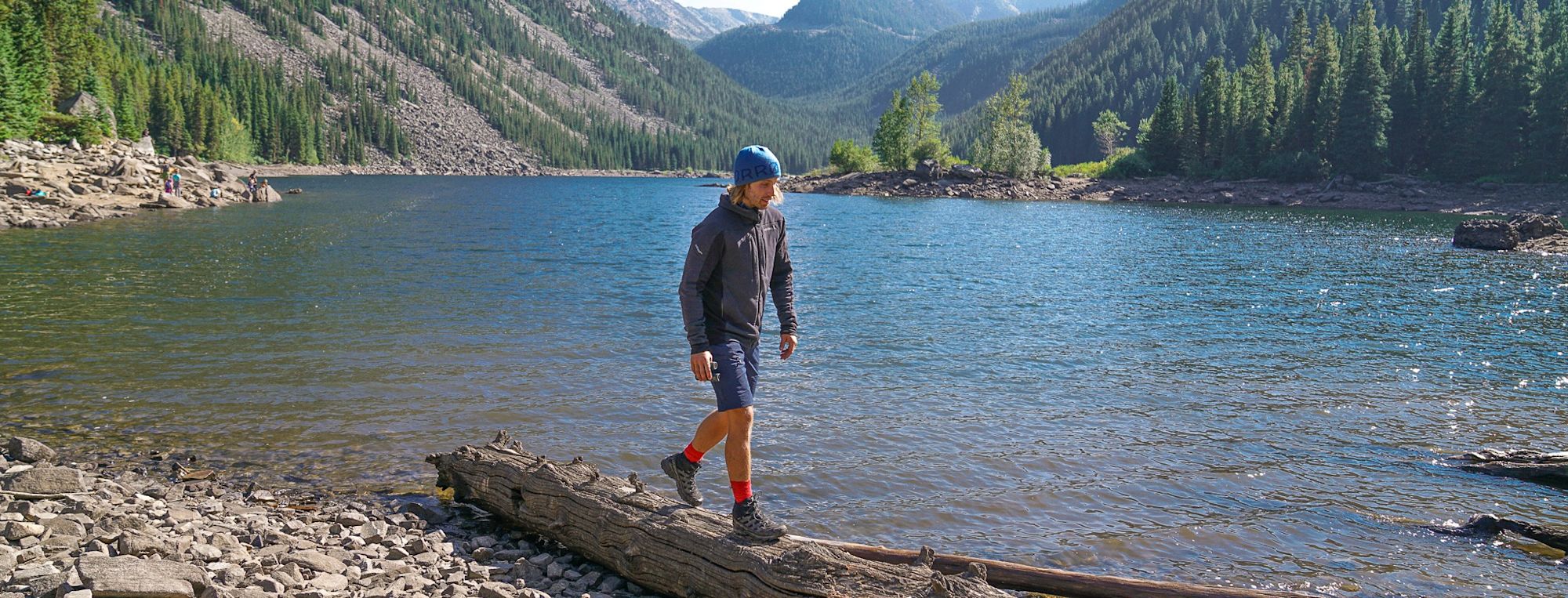
4. Don’t feed wildlife. One simple piece of human food can turn a wild animal into a problem animal. All it takes is a single taste for a bear to become addicted to human food. This all to often ends up in human conflict, resulting in the bear being killed. Similarily, if you feed a magpie or raven near a campground they will congrigrate in the area. When they do, they push away the songbirds, certain owl species, small mammals and other wildlife. These birds are predators, so when they show up and stay around in great numbers, the other more sensitive wildlife disappear.
5. Keep the lights down low. Light pollution is becoming a major problem across the globe for wildlife, especially migrating birds and nocturnal insects. Insects like moths are attracted to artificial lights, become disoriented and dehydrated, and can die in large numbers. We need nocturnal insects like moths just as much as bees because they are both important pollinators and food sources for bats and birds like tree swallows. Likewise, migratory birds can become severely disoriented by artificial light making it hard for them to navigate on their epic journeys each spring and fall, sometimes covering thousands of miles and crossing hemispheres. With global bird populations on the rapid decline, this is one simple way we can help save them.
The small, daily, simple decisions we make add up. Rather than judging them as isolated acts of mindfulness and stewardship, consider the net effect of these small actions at scale and over time. This is where the magic happens. This is where the choices we make can have a tremendous impact for good. Akin to a drop of water within a great river, in time, extraordinary things can happen even when confronted with the hardest of stones. It's up to us to work together, and shape the future of our planet.
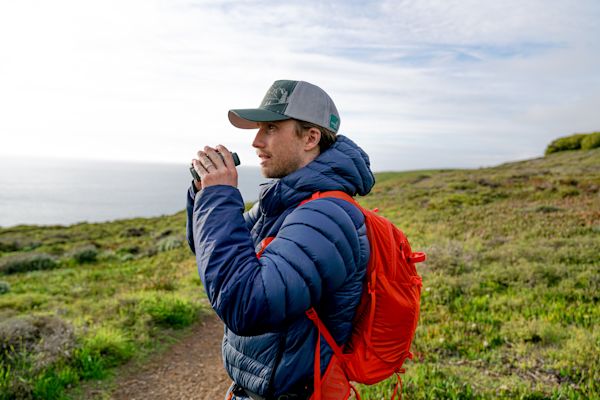
About the Author:
Charles Post
is a Norway based ecologist, Explorers Club Fellow, and award-winning filmmaker with a love for birding and exploring the outdoors with his wife, Rachel Pohl and their Samoyed, Mr. Knute. Following nearly a decade of field work and studies at U.C. Berkeley, earning his bachelor and master’s degrees in ecology, Charles embarked on a creative journey, spanning topics from the decline of kittiwakes in the Norwegian arctic to the beauty and fragility of migrating raptors across North America.
For more information and fascinating adventures visit his Instagram account: @charles_post.

